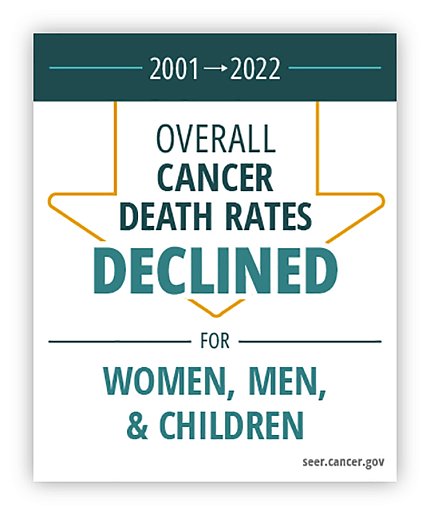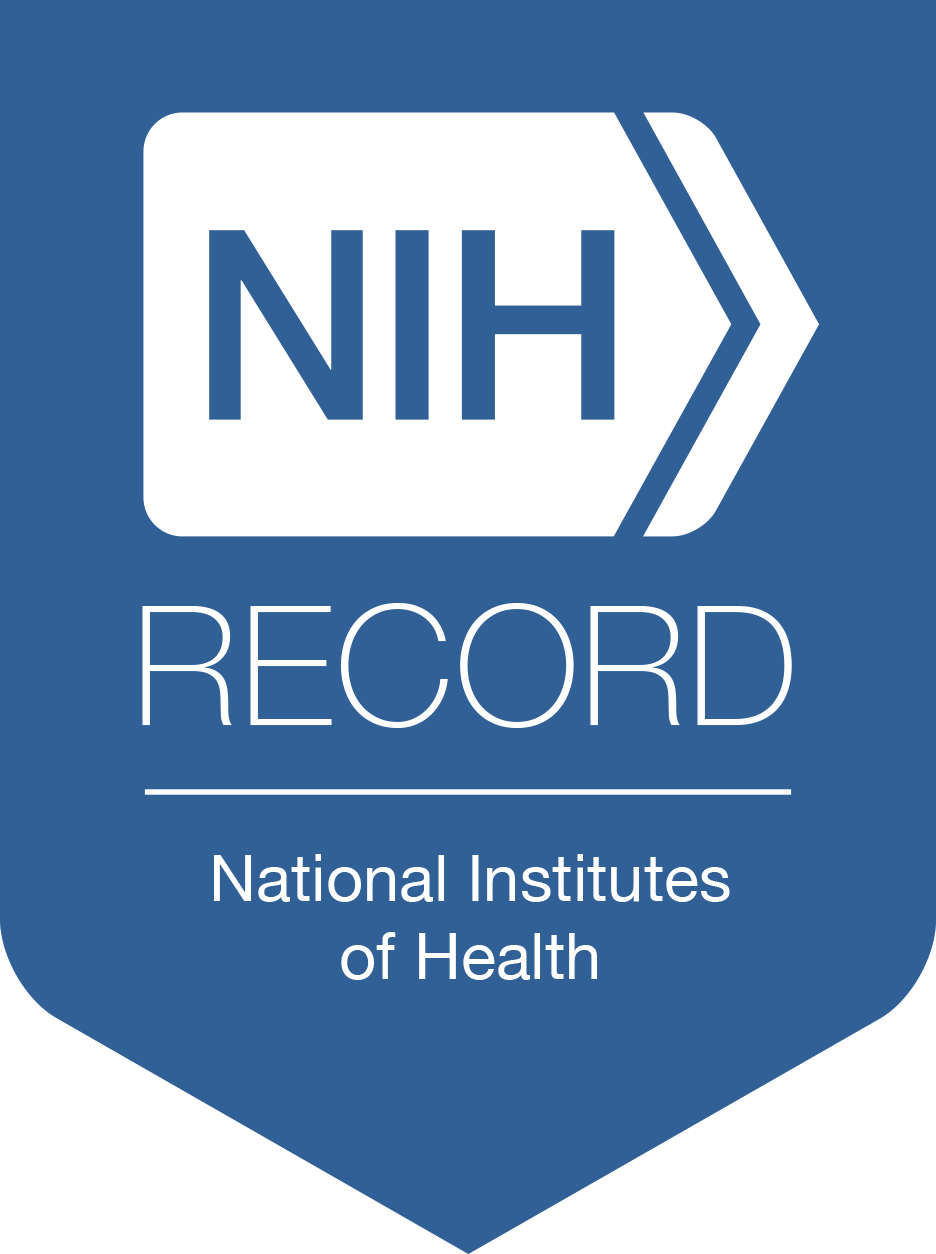Report Reveals Cancer Deaths Continue to Decline
Overall death rates from cancer declined steadily among both men and women from 2001 through 2022, even during the first two years of the Covid-19 pandemic, according to the 2024 Annual Report to the Nation on the Status of Cancer.

Among men, overall cancer incidence, measured as the rate of new cancer diagnoses, decreased from 2001 through 2013 and then stabilized through 2021. Among women, overall cancer incidence increased slightly every year from 2003 through 2021, with the exception of 2020. The report was recently published in Cancer.
Progress in reducing cancer deaths overall is largely the result of declines in both incidence and death rates for lung cancer and several other smoking-related cancers. New diagnoses and deaths from lung cancer, for example, have declined in both men and women over the past 20 years. Meanwhile, the incidence of cancers associated with obesity has been rising. These include female breast, uterus, colon and rectum, pancreas, kidney and liver cancers.
The report revealed that new diagnoses of breast cancer gradually increased over the study period, but the overall breast cancer death rate decreased.
Cancer death rates in children declined steadily over the study period; those for adolescents and young adults also declined until recently, when the decline slowed and stabilized.
From 2018 to 2022, cancer deaths decreased for each major racial and ethnic population group. From 2017 to 2021, (excluding 2020), cancer incidence was stable among men—but increased among women—in each major racial and ethnic population group. During the same time period, among men, incidence was highest in non-Hispanic Black men; among women, incidence was highest in American Indian and Alaska Native women.
The report also included an analysis of the Covid-19 pandemic’s impact on observed cancer incidence for the first two years of the pandemic. Cancer incidence declined sharply in 2020, likely due to pandemic-related disruptions in health care, but returned to pre-pandemic levels by 2021. The magnitude of the 2020 decline was similar across states, despite variations in Covid-19 policy restrictions. The researchers noted these findings underscore the importance of providing access to health care, even during public health emergencies, to ensure timely diagnosis of cancer.
The Annual Report to the Nation on the Status of Cancer is a collaborative effort among NIH’s National Cancer Institute (NCI), the Centers for Disease Control and Prevention (CDC), the American Cancer Society (ACS) and the North American Association of Central Cancer Registries (NAACCR).
For more about the report, see: https://seer.cancer.gov/report_to_nation/.
